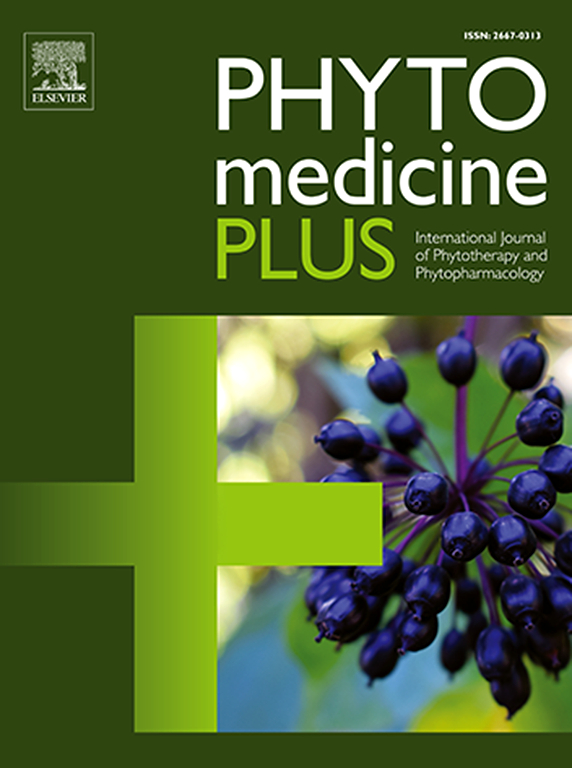Amentoflavone from Selaginella bryopteris leaf extracts modulate MAPK signaling - Molecular modeling study for therapeutic target analysis
Q3 Pharmacology, Toxicology and Pharmaceutics
引用次数: 0
Abstract
Background
Selaginella bryopteris (L.) is a pteridophytic herbaceous moss plant that grows in the wilderness and possesses phytochemicals that may exhibit therapeutic properties by altering some metabolic processes in the human body.
Purpose
The goal was to forecast human protein targets of phytochemical compounds from Selaginella bryopteris (L.) and to understand their behaviors.
Study design
The current research study has chosen to employ computational studies.
Methods
The PubChem identifiers of the Selaginella bryopteris (L.) compounds were translated into the SMILES notations and used to query the PASS database to predict human targets. Interaction networks were built for the corresponding proteins, molecular docking, molecular dynamics, and molecular mechanics. Poisson–Boltzmann surface area (MMPBSA) binding free energy calculations were performed.
Results
Finally, 61 possible human protein targets were established. The network of 56 proteins indicated that MAPK1, MAPK3 and MAPK14 are potential therapeutic targets with 18, 9 and 57 interacting nodes, respectively. The docking analysis calculated the binding energies to be -9.9, -10.3 and -10.2 Kcal/mol with MAPK1, MAPK3 and MAPK14, respectively. The MMPBSA analysis suggested that the binding conformations were well preserved up to 100 ns.
Conclusion
According to computational analysis, the compounds demonstrated anti-inflammatory, anti-proliferative, and pro-apoptotic effects by binding to the MAPK proteins. Subsequent research aims to characterize individual bioactive phytochemicals and their mode of action for possible pharmacological application.

求助全文
约1分钟内获得全文
求助全文
来源期刊

Phytomedicine Plus
Medicine-Complementary and Alternative Medicine
CiteScore
3.70
自引率
0.00%
发文量
178
审稿时长
81 days
期刊介绍:
 求助内容:
求助内容: 应助结果提醒方式:
应助结果提醒方式:


